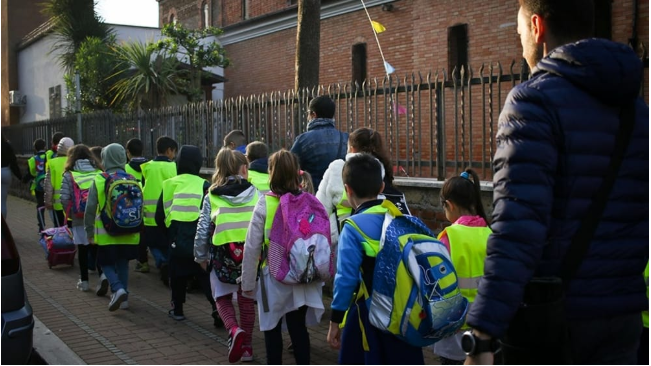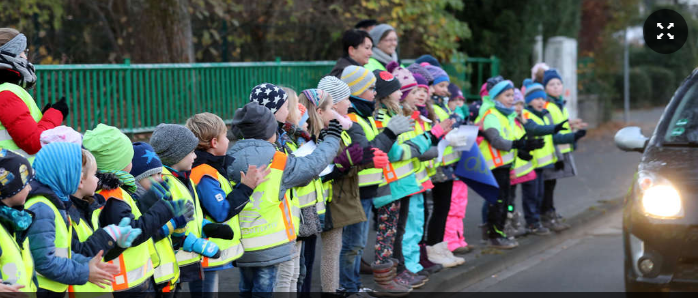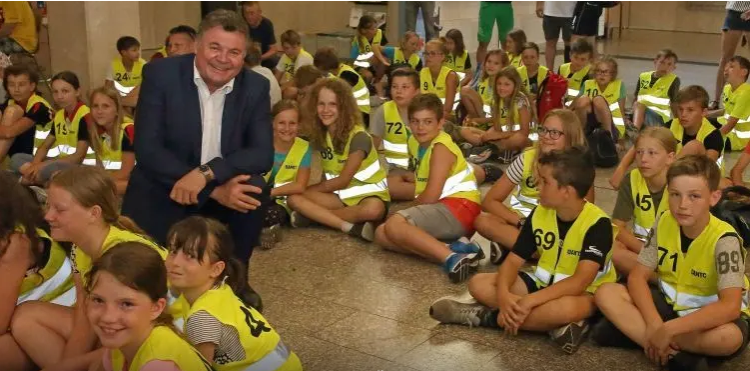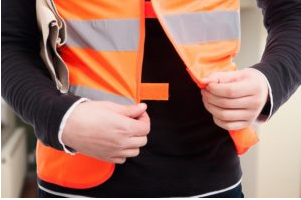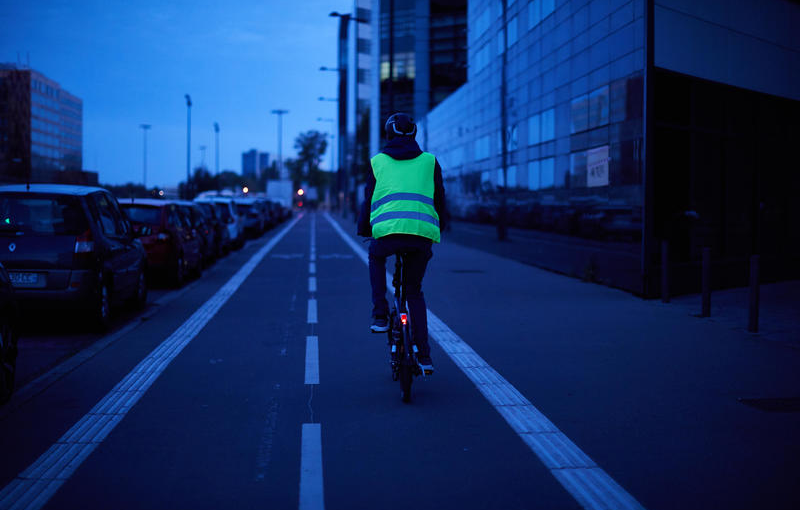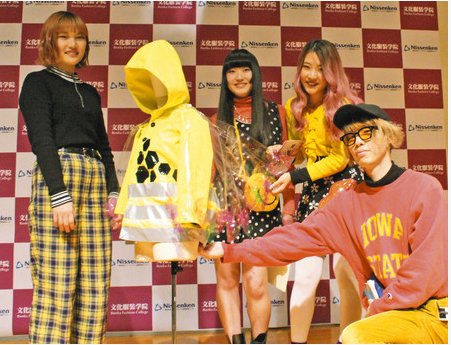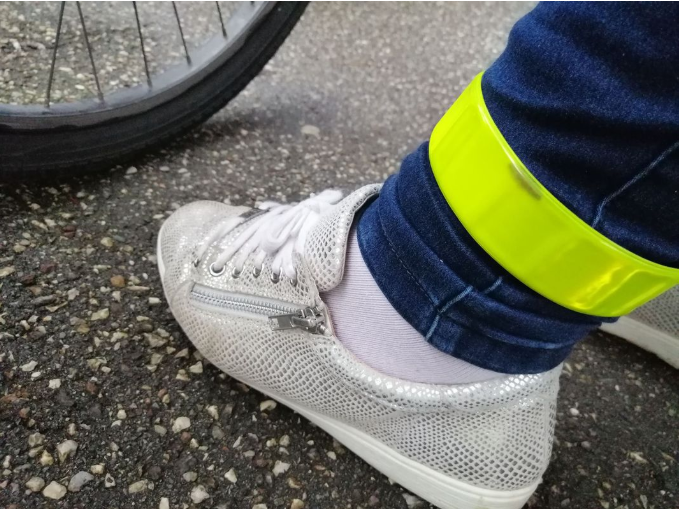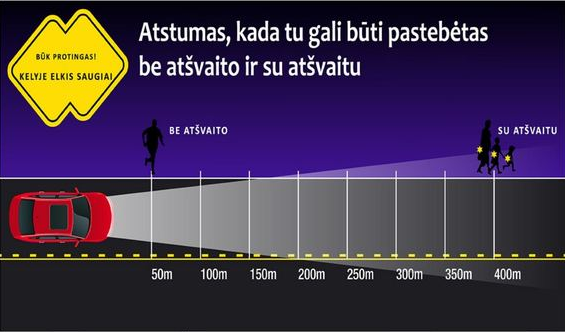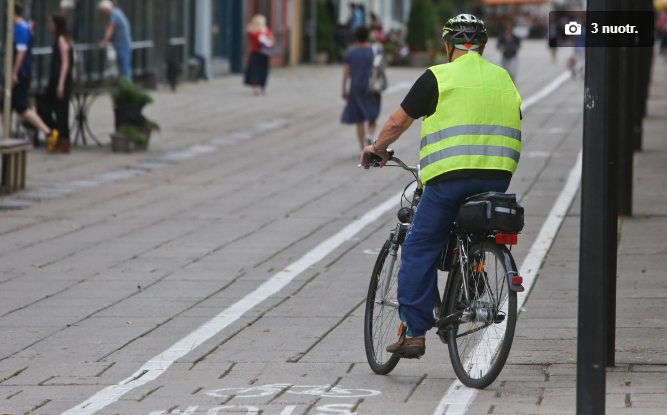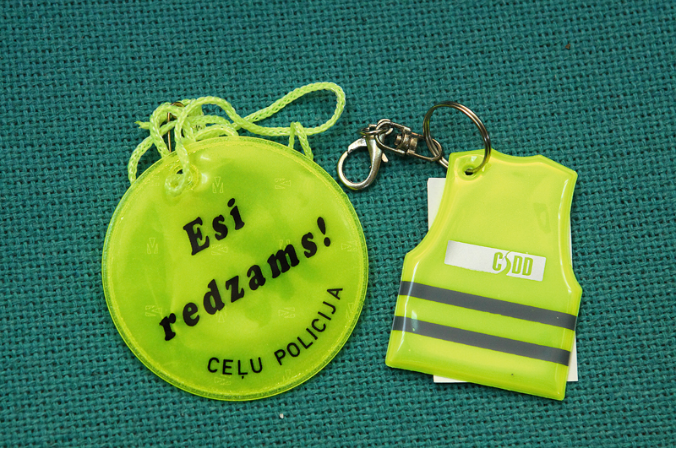In anticipation of the start of the school year, the Police of the City of Lugano has therefore decided to promote the “BIMBI SICURI” operation, to guarantee the safety of the students on the roads along the home-school route. In this way the city police adhere to the national campaign for a safe home-school journey, called “Attention, children are unpredictable”, prepared by the Office accident prevention, with the participation of the accident prevention fund and the Swiss police.
In Lugano, according to the data provided by the cantonal police concerning road traffic accidents involving children, every year, 5 children up to 14 years are injured on foot (average values over the last years). At the national level, 40% on the home-school journey. Three children get away with minor injuries, but two report serious injuries. In the same period, nobody has fortunately lost his life.
In the age group between 5 and 9 years, children suffer accidents especially while crossing the road: half of them are injured near a pedestrian crossing and in 60% of the cases they are the ones who cause the accident.
The measures envisaged by the “BIMBI SICURI” operation
With the “BIMBI SICURI” operation, various concrete information and prevention measures have been planned, not least thanks to the collaboration with the municipal school.
Through a circular, the information will be provided with police councils for parents of city students.
At the same time, on the roads near the school premises, radar checks are provided both during the week before the start of the school and during the first week of the new school year. This measure is very important, also because a recent survey carried out by the TCS shows that parents’ fear of their children’s safety is mainly generated by the speed of vehicles near schools, as well as by the high number of vehicles in traffic.
During the first day of school, first-grade students will be given a high visibility vest bib to make them visible on the home-school route.
Add to this the proximity action of the neighborhood agents near the school centers, to watch over the safety of the children and to observe the behaviors on the road in particular about precedence to pedestrians, transport of children on vehicles and parking. of the same, as well as the crossing of the road that presents the greatest risks and that, inevitably, will be the object of much attention. Finally, it should be noted that during the first week, neighborhood agents, in principle, will proceed to educate and inform those who do not take the right behavior on the road. While starting from the second week, noteworthy infringements will be sanctioned.
The police councils
As already done in the past, the city police are keen to remember in this particular time of the year that road safety inevitably depends on the user’s behavior on the road. And in this regard, he provides some useful advice.
To all vehicle drivers:
Warning! Children are unpredictable!
Slows.
Be ready to brake.
Stop completely in front of the pedestrian crossing.
Double attention in the vicinity of schools.
To parents:
Set a good example. Tell your child the safest way to go to school by walking safely with him.
Choose the safest route, not the shortest! He teaches and practices the safe use of over / underpasses, sidewalks, and walkways, the latter to be crossed only with the green light!
Start your child for school early enough, dressing him with easily visible clothing with reflective fabric and also composed of reflective materials.
Do your best not to take your child to school by car. Getting to the school on foot is an important experience for her/him.
To the children:
Don’t run and don’t play on the road.
Do not distract.
Respect others.
Always pay attention to traffic.
For drivers who accompany children:
Do not rush.
Always fasten the child with the belt.
Use the seat or the booster seat. The seat/booster seat is mandatory for children up to 12 years of age or less than 150 cm tall. Further information on the Swiss Touring club website (see references).
Do not endanger children or park, or stop where it is forbidden, or where the view is poor.
Stop in the areas specifically designated for parking.
Get the child down on the side of the sidewalk.
Before leaving, check that there are no children in front of or behind your vehicle.
